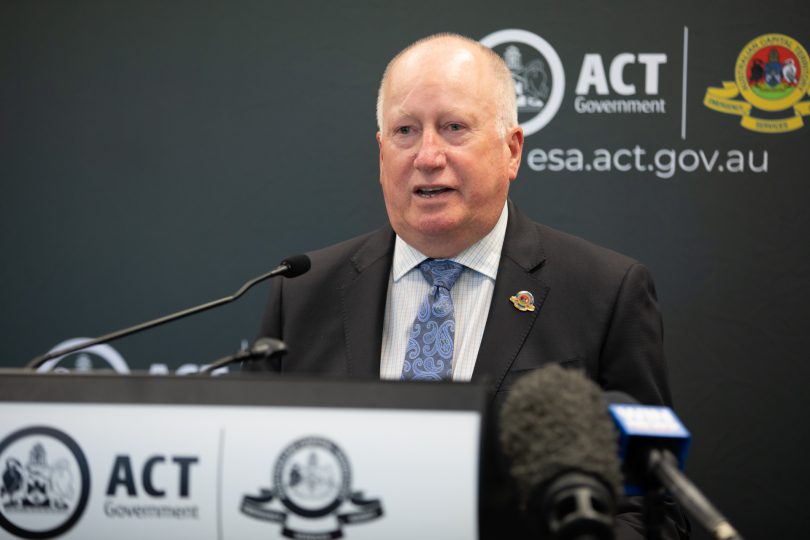
The proposed changes include a more streamlined process for big development applications. Photo: File.
The ACT’s complicated rules-based planning system will be transformed into a simpler, more responsive one that takes into account a suburb’s overall character and its needs into the future, according to proposed changes being canvassed by the ACT Government.
Six discussion papers released today by Planning and Land Management Minister Mick Gentleman are littered with terms such as ‘strategic’ and ‘integrated’ in response to community feedback that the current system is ‘unwieldy’, ‘inconsistent’, ‘contradictory’ and contributes to poor-quality designed developments.
The papers cover system structure and operation, strategic planning, and development controls and assessments, and the changes proposed will involve much legislative reform.
They respond to criticisms that the current system is divorced from actual planning policy and other policy areas such as climate change and housing, which results in development outcomes that contradict the government’s own goals.
They propose a statement of planning purpose that refers specifically to concepts such as design quality and urban character, as well as adding planning objectives such as landscape character, the character of individual districts, acknowledgment of Aboriginal culture and values, and high-quality outcomes.
Many community councils have been calling for local master plans to stop development creep in their suburbs and to guide infrastructure planning, and there are proposals for such local plans and more detailed precinct codes, and greater direction on planning requirements so communities are both informed and have their expectations understood.
There would also a requirement that Territory Plan changes be consistent with planning strategy.
The papers propose a move to outcomes-focused development controls that are less prescriptive but send a stronger message about quality and allow for innovation.
For example, a numerical height rule would also be descriptive, such as ”low rise and in keeping with the scale of the surrounding development”.
The proposals call for specific purpose statements in zones and codes to achieve desired outcomes, closely linked to long-term strategic planning goals.

Minister for Planning and Land Management Mick Gentleman: ACT will need 100,000 new homes and associated infrastructure to keep up with a growing population. Photo: Michelle Kroll.
When it comes to the way development applications are assessed, the papers propose different pathways based on how complex an application is, not its use, and a formal process for rezonings to provide consistency.
Large, strategic developments would have a streamlined, separate process that considers broader planning outcomes, consistent with the Planning Strategy, something that is likely to become more important as the number and scale of infill development increases, the papers say.
They also call for more discretion for non-conforming but innovative projects that would achieve a desirable strategic outcome.
There are also proposals to make it easy for the public and proponents to navigate the DA system and access and understand information.
Minister for Planning and Land Management Mick Gentleman said over the next 25 years, the ACT would need 100,000 new homes and associated infrastructure to keep up with a growing population.
“The ACT Government wants to ensure our planning system can cater to growth while protecting the character and diversity of our city,” Mr Gentleman said.
“We have heard valuable feedback and ideas from the community and industry through extensive engagement, which has helped shape the reform work so far.
“Canberrans have told us about what makes their areas special. Next year we will talk more with the community about how we can capture and protect these attributes in an improved planning system.”
He said the government would also be engaging with industry about proposed changes to planning legislation.
View the papers at Your Say.





















